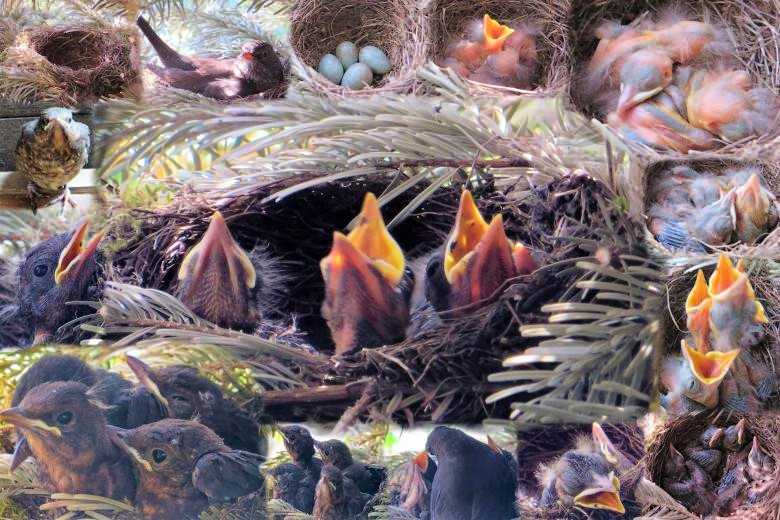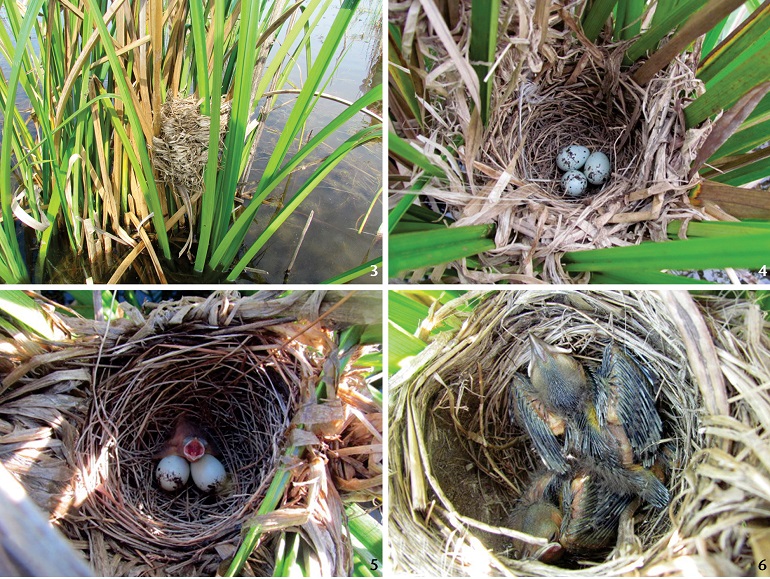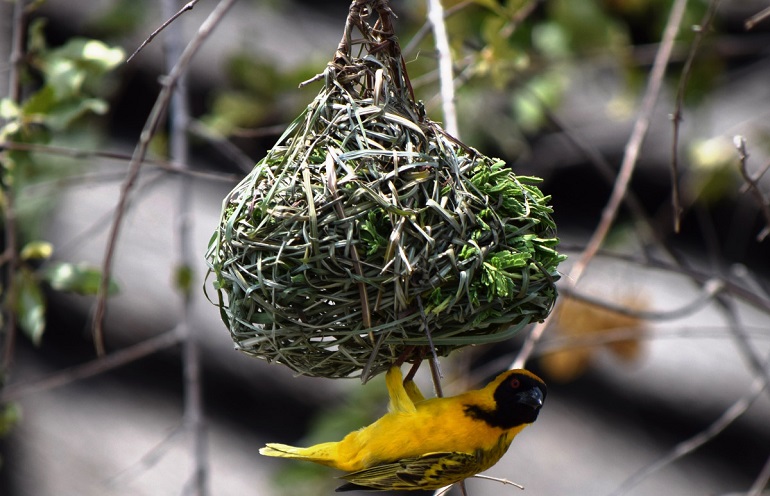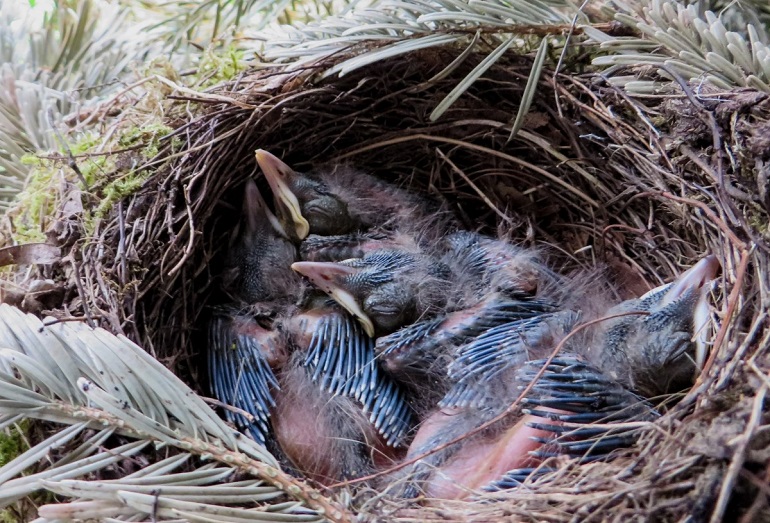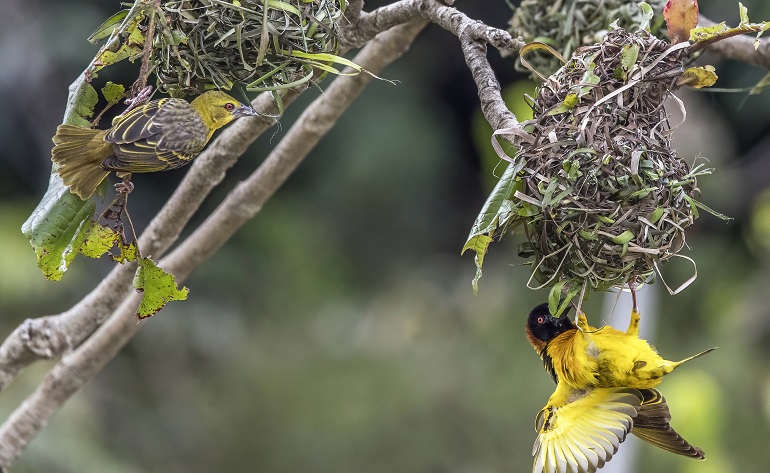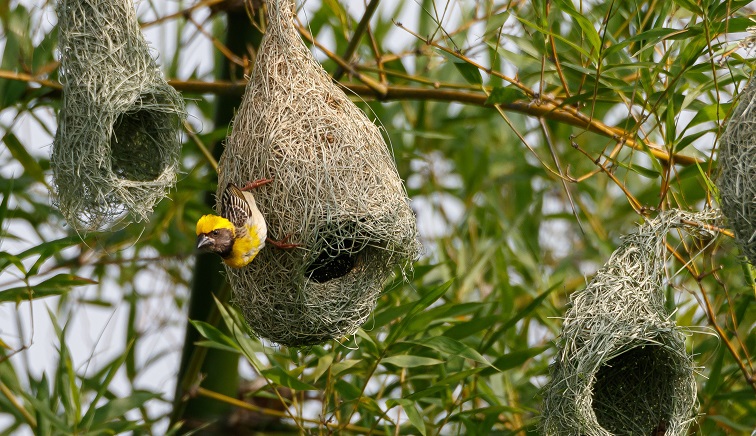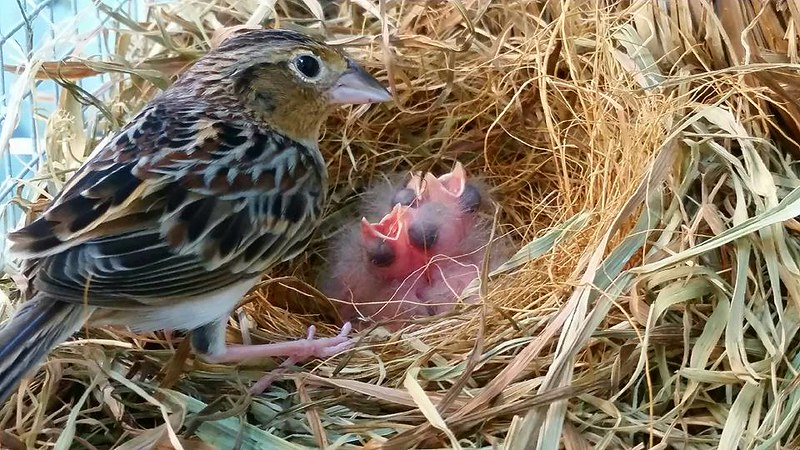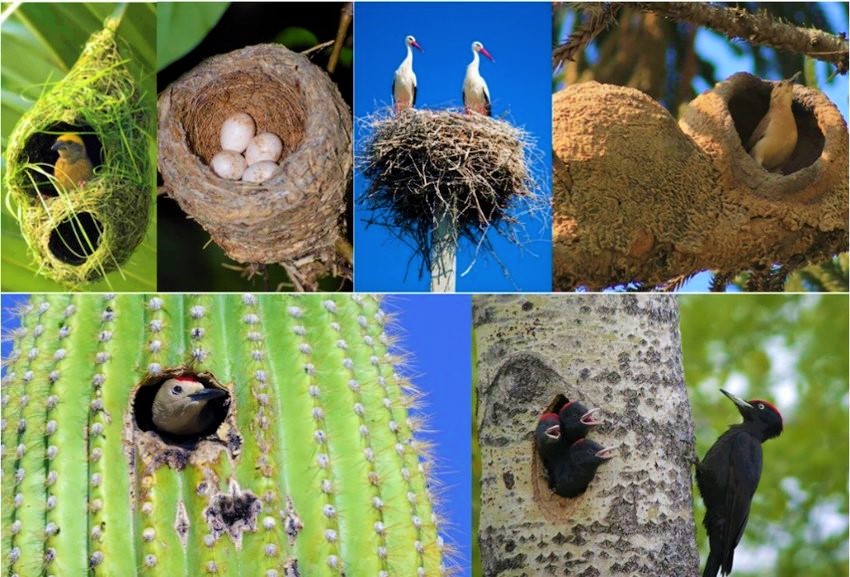From hatchlings to fledglings, the nest serves as a bird’s first home. But how long do these feathered youngsters remain under parental care? The answer is surprisingly varied, influenced by species, development speed, and environmental factors. This exploration delves into the fascinating world of avian nesting, revealing why some birds linger longer than others and the crucial role this period plays in their survival. Discover the delicate balance between nurturing and independence that dictates a young bird’s journey from nest to sky.
Like us, our fellows with feathers like to explore the world’s beauty. They typically don’t stick to their nests and rather go out regularly. But things aren’t the same during their whole lifecycle.
After being hatched, a baby bird has to dwell in the nest for some time. They don’t hang out until they get bored but rather stay in their homes for a defined period. And this spell lasts depending upon different species and certain other factors.
As a bird lover, you’ll be curious to know these factors that influence a bird’s stay in the nest. If so, read on to get the answers to your burning questions. We’ll also take a look at a bird’s journey from the nest to the sky. It will also help you understand their behavior, the nesting process, and what to do if you find a nest in your backyard.
So let’s dive in to explore the wonderful world of flying creatures and find out how long they stay in their hideaways.
How Long Do Birds Stay in the Nest?
This depends upon the specie of birds in question. On average, most species of birds stay for 2-6 weeks in a single nest. But that’s just an average.
Usually, small songbirds leave the nest after just a few weeks. In contrast, the raptors stay in the nest for as long as 8-10 weeks. And then comes the precocial species, who hardly spend a day in their nests. They immediately leave their place and start searching for food alongside their parents.
All the calculations boil down to one answer; until the baby birds learn to fly and feed themselves.
When Do Baby Birds Leave the Nest?
Apart from the type of bird species, some factors determine the departure time of baby birds. These factors include food availability, weather, and predatory pressure.
If the food is scarce, the parents stop feeding their nestlings. Sounds harsh, right? That’s how the wild world works. In that case, the baby birds leave the nest early to forage for themselves.
Similarly, if the weather is cold and wet, young and small birds prefer staying in nests for a long time because they can’t withstand the cold environment. As nests keep them warm, birds live in nests until their immunity develops.
How Do Birds Build Nests?
Though birds look like tiny and weak creatures, they are skillful enough to build their homes, and that too in various designs. Pretty amazing, right? What’s more astonishing is how they build their homes, aka nests.
First, birds select a tree or any suitable place above the ground. Then they start dropping in nesting material like sticks, twigs, leaves, or literally anything they can get their beaks on.
Luckily, a few of them will land on the mark; this way, the outline of the nest will be established.
Then comes the process of tightening and cleaning the loose framework. For this, the birds utilize their beaks to twist and weave the fibers together. They may also use mud and their own saliva as nest glue.
But not all birds do such hard work to build their nests. Some are smart, or you can say lazy, who just rent others’ homes (maybe yours).
This way, they save their time and energy and get the work done. Pretty clever, don’t you think?
When Do Birds Build Nests?
Birds remain forever in their homes like humans, right? That’s what most of us think. But it’s just a myth and has nothing to do with reality.
Most birds only build nests when they have to do the business of mating. Their mating season is usually around late spring when the temperature and food are at best to welcome the young birds.
However, not all birds build nests in spring, but it rather depends upon the temperature of their habitat. For example, the American Robins, found in a warm environment, mate as early as late February or March.
While other birds living in a cold environment nest around late May or June. Concluding it, all birds build nests in any month only when they have to mate and lay eggs.
Ever wonder why do birds chirp at night? Just a random thought!
How Long Do Baby Birds Stay in the Nest?
The transition of baby birds from nest to the sky is a turning point in their life. And they take this plunge only when they are fully able and secure to do so.
It depends on the type of species; precocial birds can leave the nest within hours, while altricial birds can’t move and see on their own right away and need to stay in the nest for longer.
Another major factor that influences as well as hampers this decision is their predators. If fledglings leave the nest early, they’ll face extraordinary challenges as their wings aren’t fully developed.
So they have to wait to grow their feathers and gain more weight. For example, house sparrows may stay in the nest for up to 8 weeks before they are able to fly. But if they stay for too long, their nest will be the lunch box of a predator if it is discovered.
So it’s a double-edged sword; the only way to get through is to leave the nest at the right time. And what’s the right time?
Well, it depends on how vulnerable they are. Because the more prone to dangers they are, the more quickly baby birds will grow and fly out of the nest.
So, to overcome the predatory pressure, these birds have evolved to leave their nests at a younger age. These birds mostly live in open cup-shaped nests.
You can also check the your bird age in human years by using our calculator.
Contradictorily, baby birds living in secure nests, such as eastern Bluebirds, enjoy more time there as they can easily avoid predators.
Do Male Birds Make Nests?
While you may expect the answer to be yes, it’s actually not. To everyone’s surprise, male birds aren’t responsible for providing shelter to the family. Here female birds are in charge of the nest-building process.
However, male birds of some species contribute a helping hand to their female partners. And in polygynous species, the male will even build the complete nest on its own.
But all male birds take care of their family in other ways. After mating, they provide food and protection to their partner and bird eggs. They also don’t hesitate to incubate the eggs and keep the eggs warm when needed.
How Long Does It Take for Baby Birds To Fly and Get Out of the Nest?
Nests are not just homes for birds but rather nurseries where baby birds are raised. So they will grow in size and learn from their parents before flying out.
Most baby birds will gradually develop the muscles and coordination necessary for flight during this time. Meanwhile, they will learn how to find food and survive on their own in the wild. After this basic survival training, birds will leave the nests within a few hours.
The time required for this learning depends upon the nature of birds. Baby ducks and quails are seen running around immediately after hatching. Most Songbirds species typically develop swiftly and leave the nest in 10 to 14 days. However, big birds like eagles and hawks take as long as 100 days to hang out of the nest.
Facts About Bird Nests
So that’s the complete information on birds’ journey from hatching in the nest to flying out of the nest. Now, look at some interesting facts about birds’ nests that you may have never heard of before.
Spiders Labour in Bird’s Nests
Spiders are not directly involved in nest building, but ingenious birds still make use of them. The birds do so by collecting spider silk with their beaks from the spider webs. This silk serves the purpose of duct tape and strengthens the base of the nests.
Come in Various Designs
Bird nests are not only an intricate piece of architecture, but birds surprisingly build nests in different designs per the requirements. That depicts the smartness and intelligence of birds. Some of the different types of bird nests are:
- Cup-shaped nests
- Mound nests
- Scrape nests
- Cavity nests
Some Birds’ Nests Have Land Mines
Often birds utilize poisonous herbs as land mines to deter pests and other parasites. Some extend their security to the next level by covering nests with snake skins.
Want to explore more terrier facts about birds? Like, what kind of bird lays blue eggs?
FAQs
When Is Bird Nesting Season?
Spring is considered the bird nesting season. When winter ends, the birds return to their lives and look for partners. After finding one, they’ll start building nests and laying eggs as they want to grow their young ones in warm months.
How Many Times a Year Do Birds Lay Eggs?
Most birds only lay once a year, but some species of birds are multiple-brood and raise more than one nest of eggs. These include American Robins, who have three broods during a single breeding season, and Mourning Doves, who lay as many as 6 times in a single year.
How Long Is a Bird Pregnant Before Laying Eggs?
It’s just a matter of a few days before eggs develop shells and are laid. Usually, the female bird remains pregnant for 48 hours before egg laying. But they only lay a single egg at a time and may repeat the process to lay more eggs. So it takes birds almost a week to lay all eggs before the incubation period starts.
How Long Does It Take a Bird Egg To Hatch?
After eggs are laid, birds incubate them to provide warmth for embryo development. Eggs hatch in around 11-21 days, depending on the size of the bird. If it’s a small one, it’ll take less time before hatching, while larger birds have longer incubation periods.
Conclusion
In conclusion, birds stay in their nests as long as they are fully capable of flying and feeding themselves. The time a bird takes to learn these skills depends upon their nature and some other factors, including food, temperature, and predatory threat.
All these factors mix up to conclude the optimal fledging age of bird species. So what do you have to do if you ever come across a bird’s nest on your property?
Well, forget the idea of discarding the nest in the first place because doing this is against the law. All you have to do is keep a respectful distance and wait for them to eventually fly out. In case they don’t leave, call the local wildlife agency to help you out.
The duration of a bird’s nest residency hinges on species, development, and environmental factors. Precocial birds, rapidly maturing, may leave within days, while altricial species require weeks or even months of parental care. Food availability, predation risk, and weather conditions also influence fledging timelines. Ultimately, leaving the nest marks a crucial step towards independence, driven by instinct and honed by parental guidance. While specific timelines vary widely, the underlying principle remains: ensuring the young bird is equipped to survive and thrive in the outside world.

